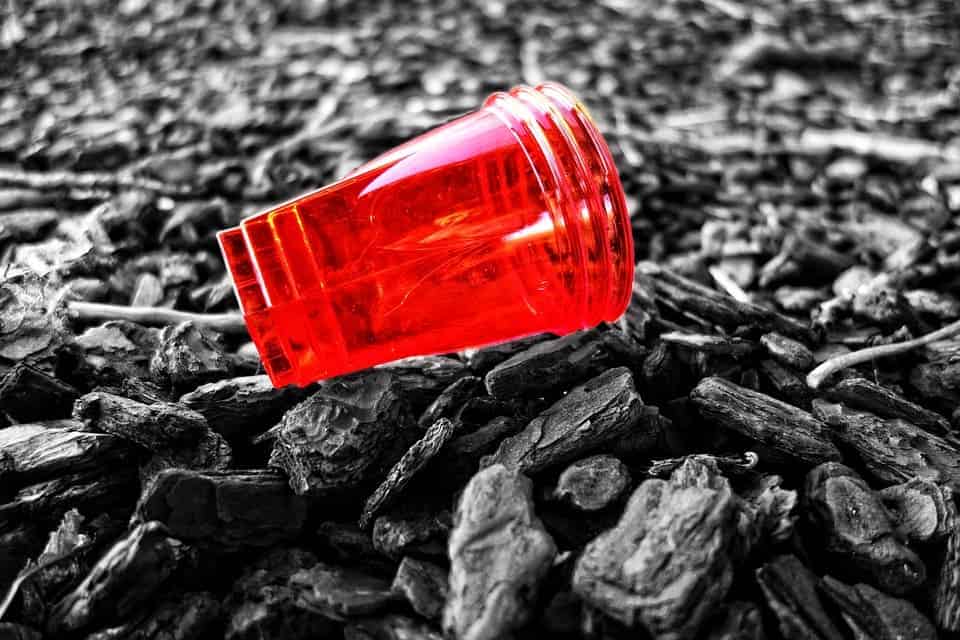The European Union effectively banned single-use plastic items this Wednesday.

Straws, cutlery, cotton buds, and other single-use plastic products have no place in Europe, EU legislators have decided. Following a crushing vote (560 votes for to 35 against), they ratified the proposed ban of these products in an attempt to limit plastic pollution in the world’s oceans. While the EU is not the biggest source of plastic waste, it hopes to set an example that other countries can follow — and, as an important economic actor, perhaps coax new behavior into manufacturers worldwide.
Old world, new tricks
“Even though our share of the pollution is relatively limited, our change of the economic model has a global impact,” said EU Commission Vice-President Frans Timmermans. “Asian countries are very much interested in what we’re doing. Latin American countries too.”
According to the EU Commission, the products banned following today’s vote represent 70% of the waste that pours into the world’s oceans, posing a threat to wildlife and fisheries, and 86% of plastic litter on beaches, being the “10 single-use plastic products most often found on Europe’s beaches and seas.”
The text had already been approved in negotiations between Member States and EU officials and it will now be rapidly implemented into law. The ban comes into effect from 2021.
“The proposed Single Use Plastics Directive delivers on the commitment made in the 2018 European Plastics Strategy to tackle wasteful and damaging plastic litter through legislative action – a move that has been welcomed by the European institutions and citizens alike,” reads a press release put out by the EU Commission.
Aside from the ban on a dozen kinds of disposable products for which alternatives exist, member states are encouraged to reduce the use of plastic packaging and introduce stricter labeling rules. Before the vote, members of European Parliament added oxo-degradable plastic products and expanded polystyrene food and beverage containers to the list of banned plastics; this move, they explain, was caused by a lack of convincing evidence that such products break down in a reasonable timeframe in landfills, despite being labeled as biodegradable.
In addition to this, the voted ban also includes a 90% target for recycling for plastic bottles (by 2029) and a change in their composition — they have to be produced with at least 25% recycled material by 2025, and 30% by 2030. Legislation extending producer responsibility is also a big part of the law package. It forces polluters to pay the costs of clean-ups has been beefed up — particularly for cigarette manufacturers, who will have to support the recycling of discarded filters.
In addition to the straight-up ban of some types of plastics, the European Parliament proposes that countries slash the use of several other items by at least 25% by 2025. These include single-use food (burger boxes, sandwich boxes) and one-person portion-sized food containers of fresh or processed food that does not need further preparation, such as fruits, vegetables, desserts or ice cream, sold in single units.
‘We have adopted the most ambitious legislation against single-use plastics. It is up to us now to stay the course in the upcoming negotiations with the Council, due to start as early as November,” says Frédérique Ries, the rapporteur for the new Directive.
“Today’s vote paves the way to a forthcoming and ambitious Directive. It is essential in order to protect the marine environment and reduce the costs of environmental damage attributed to plastic pollution in Europe, estimated at EUR 22 billion by 2030.’
Now, the ball rests in the court of the EU Member States, who will have to transpose the ban, reduction targets, and measures to encourage multiple-use plastics into national laws. They only have until 2021 to do so.


